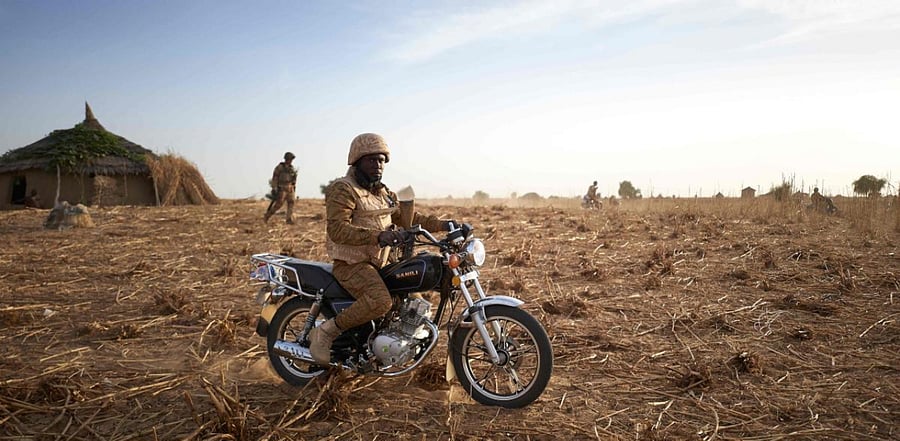
Africa's semi-arid Sahel region is a crucible of climate change, population movement, and jihadist attacks.
Here is a brief explainer on the region ahead of key elections in Niger on Sunday:
In purely geographical terms the Sahel, or Sahil in Arabic, meaning coast or shore, is a vast region that stretches along the Sahara desert's southern rim from the Atlantic to the Red Sea.
Wedged between the desert to the north and tropical forests and savannah to the south, the belt has a tropical semi-arid climate.
There are many different political definitions of which countries actually belong to the Sahel.
A core group -- Burkina Faso, Chad, Mali, Mauritania, and Niger -- are gathered in an anti-jihadist alliance called the G5 Sahel.
Other definitions of the region take in parts of Senegal, Nigeria, Sudan, South Sudan, and Eritrea.
With vast stretches of inhospitable desert and porous borders, the central Sahel has become a hunting ground for armed groups, rebels, jihadists, and criminal gangs.
Jihadist violence erupted after a rebellion in northern Mali in 2012. The conflict spread to the centre of the country and then to neighbouring Burkina Faso and Niger, claiming thousands of lives and displacing hundreds of thousands of people.
Several anti-jihadist military operations have been launched in the area, including the French operation Barkhane and the G5 Sahel force, which brings together the five countries' armies.
The area has been the scene of some high profile kidnappings. At least six western hostages are still reported as held.
As the world battles climate change, the effect of global warming is around 50 percent greater in the Sahel. In the last quarter of the 20th century, the region suffered the worst droughts of anywhere on the planet.
This has contributed to a staggering 90 per cent decline of the surface of Lake Chad over the past six decades and a race is on to stop the main source of fresh water to 40 million people across four countries drying up.
In February, 17 countries set down a plan to invest $400 billion in fighting climate change in the Sahel by 2030.
The region, which is broadly very poor, has one of the highest demographic growth rates in the world.
The population of the G5 Sahel region is expected to more than double to around 170 million by 2050, according to the United Nations.
Amid the unrest, poverty, and climate change, the UN said internal displacement had increased 20-fold in less than two years and the number of families facing hunger has tripled.
The United Nations warned in November of a heightened risk of famine in Burkina Faso, along with northeastern Nigeria and South Sudan and also a high hunger risk in both Mali and Niger.
Problems have been exacerbated by the economic impact of the Covid-19 pandemic.